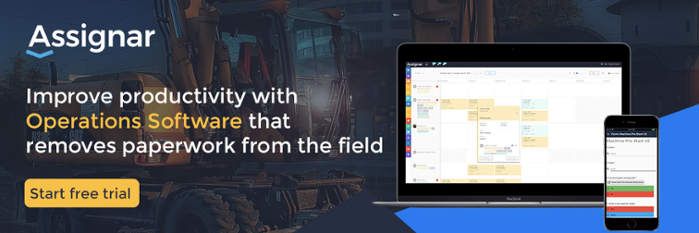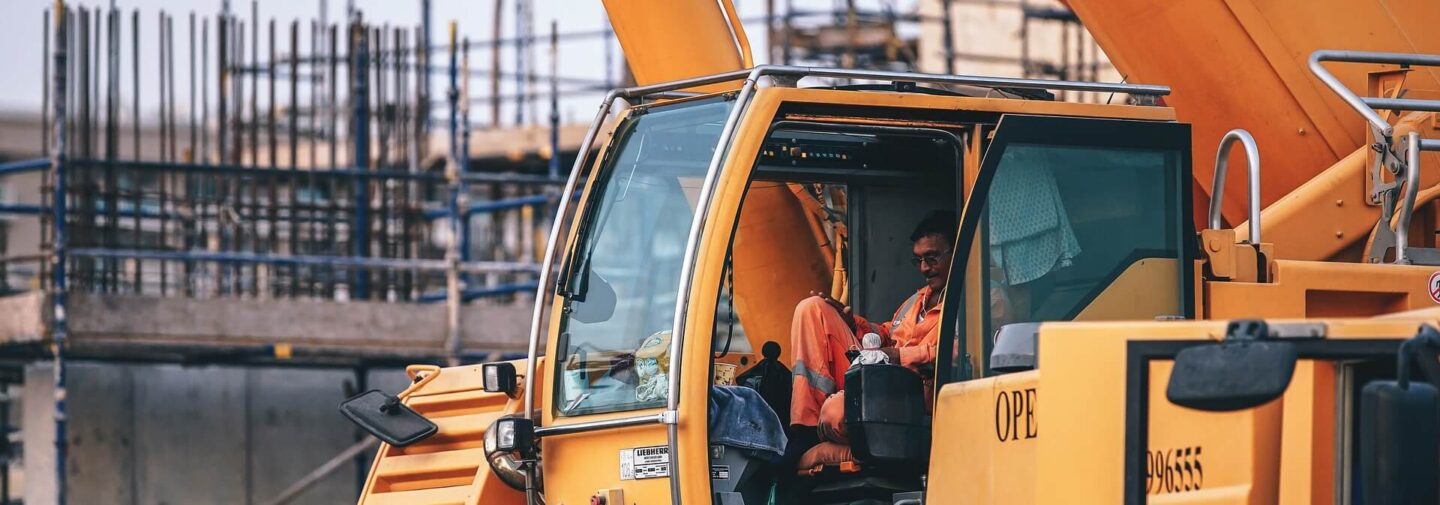Jobsite Injuries – An Immediate Response to Traumatic Jobsite Events
In spite of recent improvements in construction safety training requirements and programs, jobsite injuries can and do still occur. And even when mangers and other employees respond quickly and efficiently during the “moment” of the tragedy, dealing with the current and future repercussions may not go so well.
When jobsite injuries first strike, the on-hand construction workforce seems to slip into a near-to-automatic response mode. Immediate action takes place. Someone begins taking the necessary steps to help preserve life, limb and safety. Someone else notifies the proper authorities. Others clear the paths and establish a best scenario route to the injured employee.
The first wave of the workplace tragedy passes.
Company-Wide Consequences of Traumatic Jobsite Injuries
If everyone experiences some serious luck, the paramedics release the injured employee for home duty – or maybe not. Perhaps that employee leaves when the paramedics leave, in an ambulance and hopefully in route for further medical care. Investigators come and go. Reports are completed and filed. Now management must focus on helping other employees recover from the event.
Workplace injuries can hinder workforce morale. Jobsite safety trauma throws a kink into everyone’s sense of personal comfort. For some employees, the effects are short lived, touching and hindering current professional efficiency but passing rather quickly. For other employees, the consequences of workplace safety trauma may be long-term emotional damage. Yet there remains a job that must be completed. In spite of the accident, the bereavement or the emotional trauma, the project must move forward.
Pulling Your Construction Workforce Through The Aftermath of Traumatic Jobsite Injuries
Perhaps here, you would like some simple answers. Yet each situation, each employee presents a unique set of challenges. Use the following tips as a starting point.
Keep the Control
Don’t worry about profound wisdom. Just stay visible and let others know that your are in control and that you care.
Call On Support From Upper Management
You too have a job to perform. Perhaps higher management can give you some relief on the deadlines, permit hiring a few temporary employees, or just re-organize some of your daily functions.
Forget About False Bravo
Be natural. Be real. When the workforce sees that anger, fear and grief do not hinder your functionality, they too will respond likewise.
Open An Honest Information Channel
Share what you know about the incident. Admit what you don’t know. And listen for the voice with on-the-scene knowledge.
Encourage Open Discussion
Expressing pain leads to quicker healing. However, you don’t need a jobsite gossip-mill. Rather plan and carry out a related toolbox talk. And for those employees facing special adjustment difficulties, set up a counseling with the internal HR services department.
Build A Better Safety Defense
Once the cause of the jobsite injury incident has been clearly defined, establish preventive protocols. Add the newly discovered information to current education programs aimed toward employees still working the same types of tasks.
Don’t Ignore The Healing Value Of A Daily Work Routine
In times of tragedy, people need routine. Productivity helps cancel the effects of grief and trauma. So motivate without being overwhelming. And if someone actually died or suffered serious injury, remember to always motivate with an appropriate respect for the victim(s).
This article presented by the Assignar workforce and asset allocation and planning software team. Among the many construction operations management purposes available in this cloud-based mobile construction solution, contractors use Assignar document management routines to help in the management of employee recovery from traumatic jobsite events.






